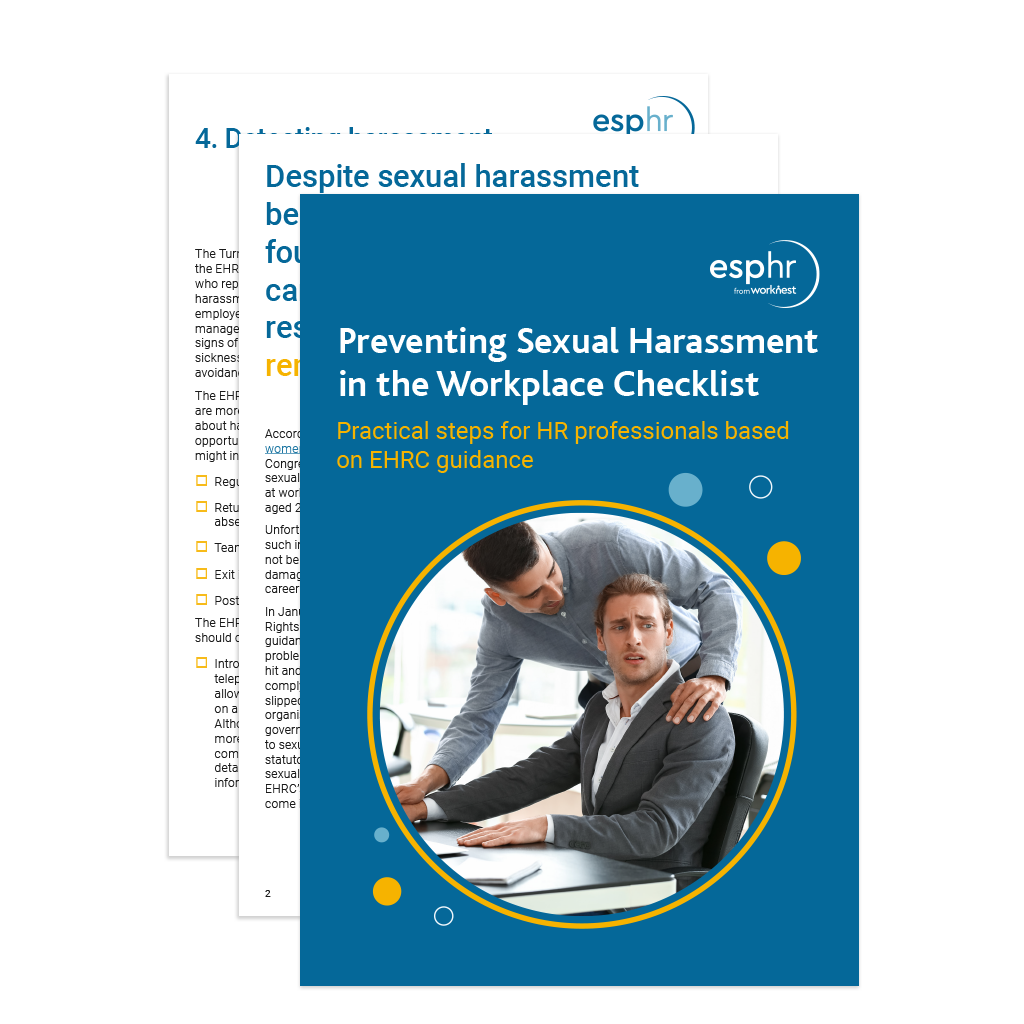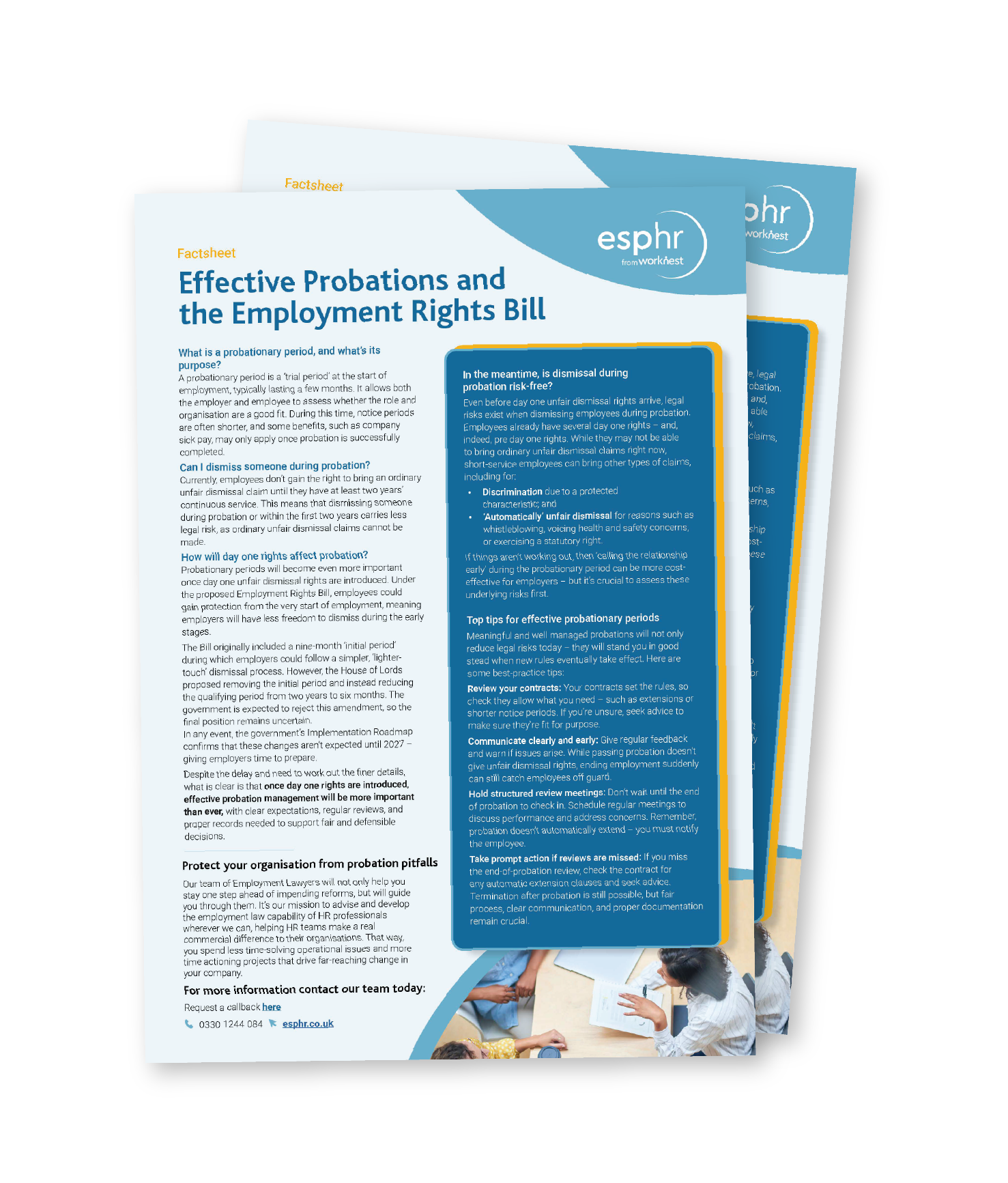- Just 5% of businesses are well prepared for the Worker Protection Act 2023
- 6 in ten businesses need to do more in order to be compliant
- 75% of businesses still concerned about protecting staff from sexual harassment by customers and other third parties
An alarming number of businesses don’t have preparations underway for the Worker Protection Act 2023 despite its implementation fast approaching on 26th October, according to a new survey by our sister company, WorkNest.
Employers will very soon need to comply with a new duty to take ‘reasonable steps’ to protect employees from sexual harassment. However, just five percent of employers questioned by WorkNest could say they were well prepared for the changes.
Just over a third (36%) have the legislative changes on their radar but say they are only in the early stages of preparation, despite the Act coming into effect in a matter of weeks.
Whilst the Act will be a watered-down version of what was originally proposed via a Private Members Bill, tribunals will have the power to increase sexual harassment compensation by up to 25 per cent if an employer hasn’t taken ‘reasonable steps’ to prevent incidents. The original Bill proposed businesses must take ‘all reasonable steps’ but this was diluted to “reasonable steps”.
When asked how much work their organisation needed to do in order to be compliant with the new rules, one in ten businesses (10%) admitted they needed to do ‘a lot’. Alarmingly, less than one percent (0.6%) could say they had no further work to do and were fully prepared to be compliant.
Almost six in 10 (58%) say they still need to do some work in order to comply, whilst a quarter (26%) stated they know what they need to do but they are yet to implement it.
Lorna Gemmell, HR Training Manager and Solicitor at WorkNest, said: “The increased protection for employees in this area poses a risk to businesses, both financial and reputational. It’s important that employers act now and implement the measures that will prove they are focused on protecting employees from sexual harassment. This will include carrying out a risk assessment to establish where the key sexual harassment risks lie within the organisation and then putting in place measures such as regular tailored employee training and ensuring that clear policies are in place that are well-communicated and regularly updated. It should also be communicated to employees how they can make a complaint, with a variety of reporting options being made available.”
Protecting employees from customers, clients and suppliers
The original proposed Worker Protection Bill did put an obligation on employers to also protect employees from sexual harassment from third parties. This could include customers, clients, contractors and suppliers. However, as it passed through the House of Lords, this was removed.
Nonetheless, the Equality and Human Rights Commission’s (EHRC) draft updated technical guidance states that the preventative duty extends to protection from harassment by third parties so it remains an important area of focus for employers.
The EHRC can take enforcement action in respect of non-compliance with the new duty. Enforcement action could include investigating an employer and requiring employers to create action plans to prevent incidents.
WorkNest asked employers if protection from harassment by third parties was a concern of theirs, with three quarters (75%) saying it was still a worry.
Lorna added: “Failure to take reasonable steps to prevent sexual harassment by third parties will be in breach of the preventive duty and our research found it’s still a concern for the majority of businesses. To comply in this area, businesses must adopt a zero-tolerance policy and take proactive steps to reduce the risk of third-party sexual harassment. Depending on the working environment, this could include signage, recording messages at the start of calls, procedures for removing and banning customers and personal safety training for staff. Organisations should also encourage staff to report incidents and have a clear plan in place for dealing with any third party harassment incidents.”
Employers were asked about their preparations for the Worker Protection Act on a recent webinar on the subject which is available on-demand here. Lorna added: “We had a record number of businesses attend our webinar with participants in the thousands. It was a significantly higher number than we’ve seen on other subject matters which implies that there is a real concern from companies on how to prevent sexual harassment.”





